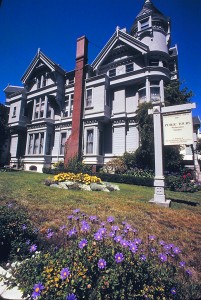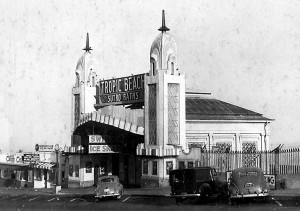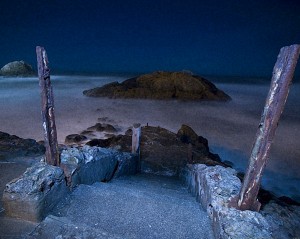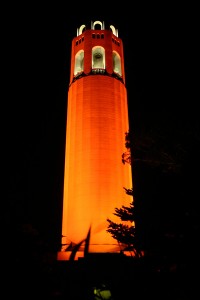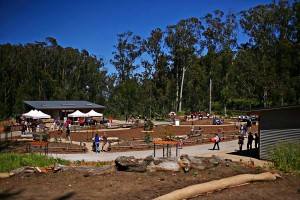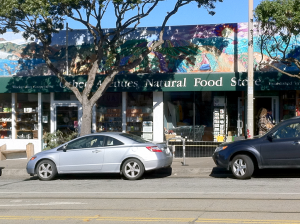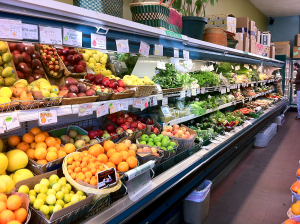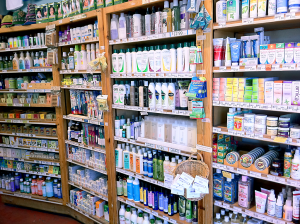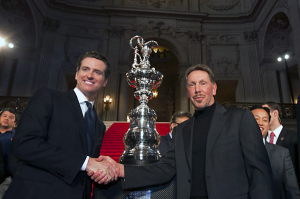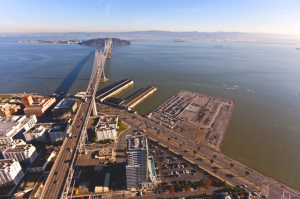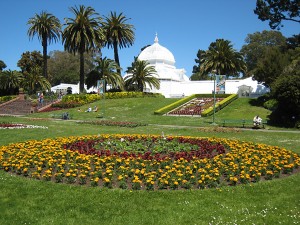 I’m not sure how Golden Gate Park slipped off my radar in the past because it’s the largest attraction in San Francisco and houses some of the best places to visit in San Francisco, so today, we’re taking a trip to the park.
I’m not sure how Golden Gate Park slipped off my radar in the past because it’s the largest attraction in San Francisco and houses some of the best places to visit in San Francisco, so today, we’re taking a trip to the park.
Built in 1893 as the home base for the 1894 Mid Winter Fair [San Francisco’s first world’s fair] the park was a masterpiece of architectural engineering because after all, it was built on the drifting sands of the outside lands. Golden Gate park is not only the largest park in San Francisco, but in comparison is three times the size of New York’s Central Park.
When it was built the contractors had the idea of putting in easy to care for trees that grew quickly and could be used for lumber. So they chose the eucalyptus tree because of its history. Unfortunately they chose the wrong species and planted lots of blue gum eucalyptus that are of no use to the lumber industry because of their high resin content, but they do give the park a distinct odor in the springtime through fall somewhere between urinal cake and mouthwash.
The park’s main gathering place is the Music Concourse which is flanked by the California Academy of Sciences and DeYoung Museum and Japanese Tea Garden. The stage which is the centerpiece is called the Spreckels Temple of Music, which has been home to thousands of bands in the 60’s-80’s as well as the centerpiece for the stand up comedy competition that drew thousands of people from all over the world and turn the park into more of a roadblock on some weekends.
East of the Concourse is the Conservatory of Flowers which is a pleasant trip, but you can enjoy the flowers and plants outside as well as the adjacent Dalhia Garden for free. Across the street from there and a short jog are the tennis courts, DeLavega Memorial Garden and the Koret Children’s playground. The Playground is an interesting stop as it is huge and hold’s a merry go round and miniature train kids can ride as well as two marble slides that park and rec workers used to keep in shape by sliding down on waxed paper to keep them smooth and give your kids a fast ride down into the sand pile. There is also across from the playground a lawn bowling area which is similar to bocce ball, but apparently with an attitude as there are signs that remind you that bocce ball is not allowed. That’s a bit of a shame since I haven’t seen a single person lawn bowling there for years on the well kept lawns.
Tomorrow I’ll continue on with the western park of the park that has places known to many, but other places that make up the quieter end of the park a special getaway.
[gmap width=”650px” height=”200px” type=”satellite” visible=”true” static=”true” zoom=”16″ lat=”37.771503″ lon=”-122.467646″]
[ad#AdBrite]



